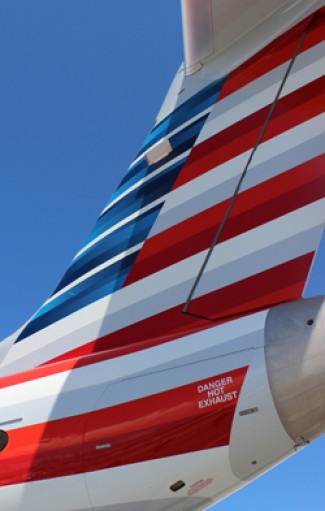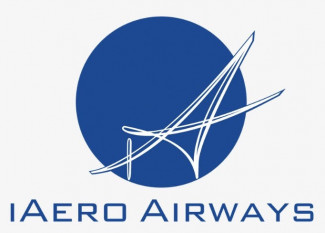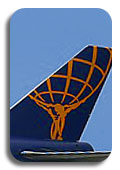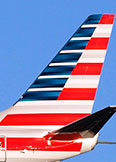How Will the US Solve Its Pilot Shortage?
Pilots are in high demand, but that may mean a troubling future for the aviation industry. The Boeing Company’s recent projections revealed some startling numbers that may have some airlines readjusting their future plans.
Boeing predicts that 36,770 planes will be needed worldwide over the next 20 years -- 13,460 in Asia, and 7,550 in North America alone. With an estimated 10 pilots being hired per plane, Boeing sees the industry needing 533,000 new pilots by 2033 -- 216,000 in Asia, and 88,000 in North America.
"We are talking about explosive growth," said Capt. Carl Davis, chief pilot for Boeing's pilot services. "How are we going to find pilots to fill these airplanes?"
As the demand for planes and pilots is on the rise, a major threat looms from the east; many fear that Asia may exacerbate the issue by hiring away U.S. pilots through better pay and benefits, adding to the growing trend of U.S. pilots going overseas for work.
A popular proposal has been the distribution of pay between experienced major pilots and upcoming regional pilots. Higher entry-level pay may satisfy the upcoming wave of pilots even if it means minimal raises down the road.
There has also been a push for a forbearance program, similar to the ones received by those in the medical and educational field. If a pilot were to serve a set number of years in law enforcement, military, the FAA, or other fields, a forbearance program would be put in place as an incentive, easing the burden of debt that many pilots carry for years.
Meanwhile, Boeing has taken an aggressive approach to this issue by pushing inexperienced pilots through an expedited program. Through the newly developed Boeing Development Program, new prospects will undergo thorough screening, receive 200 to 250 hours of flight time, and the local regulatory equivalent of an airline transport pilot certificate in just two years. Afterwards, students will enter into jet transition training in a Boeing-owned facility.
Within such a large industry, it will be difficult to find a quick and viable solution to a grand-scaled problem. In any case, expect major changes to be made in the aviation landscape.
What do you think of Boeing’s approach to solving the pilot shortage? Share your thoughts on the APC Forums and our Facebook page.
Source:
USA Today
Aviation Week
AOPA
-

PSA Airlines 04/18/2024
-

Hawaiian Airlines 04/16/2024
-

iAero Airways 04/16/2024
-

Atlas Air 04/16/2024
-

American Airlines 04/15/2024
 AIRLINE PILOT CENTRAL
AIRLINE PILOT CENTRAL